Beneficial insects against pests
Phytoseiulus persimilis
It is no wonder, then, that the Persimilis mite is considered a particularly effective natural enemy, with an impressive ability to suppress populations of the harmful mite.
In which crops are Phytoseiulus persimilis effective?
Strawberry
Medicinal cannabis
Anthurium
Tree and shrub nursery
Tomato and Cherry tomato
Sweet pepper and Hot pepper
Roses
Melon and Watermelon
Green and Runner bean
Grapes
Gerbera
Eggplant (aubergine)
Cucumber and Gherkin
Chrysanthemum

Amblyseius swirskii
The Swirsky mite is considered a general carnivorous mite, and feeds on flower pollen and a number of pests:
First degree of thrips, egg and first degree of white fly, and some nymph degrees of the red spider mite.
The body color of this mite is white, whitish-yellow and even light orange, depending on the color of the prey that stains the gut.
Life cycle: 5 stages of development: egg, larva, two stages of nymph and adult.
Duration of development and laying of eggs depend on temperature, relative humidity and food source, both from animals and plants.
The duration of development from egg to adult lasts about 5-6 days.
An adult female is able to lay about two eggs on average per day.
In which crops are they effective?
Strawberry
Medicinal cannabis
Sweet pepper and Hot pepper
Roses
Poinsettia
Gerbera
Eggplant (aubergine)
Cucumber and Gherkin
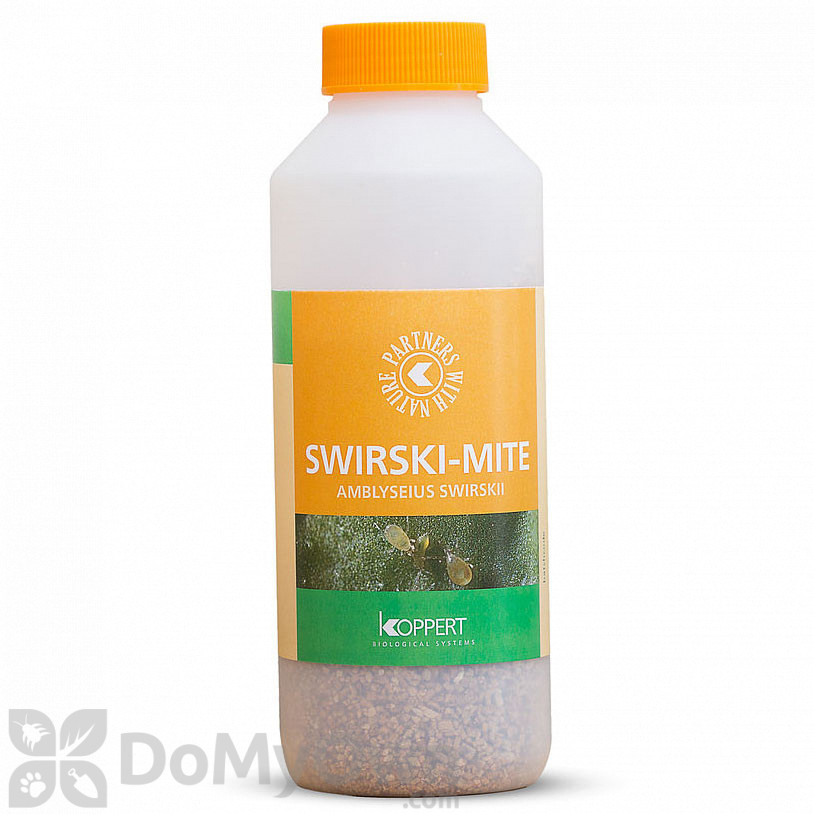
Aphidius colemani
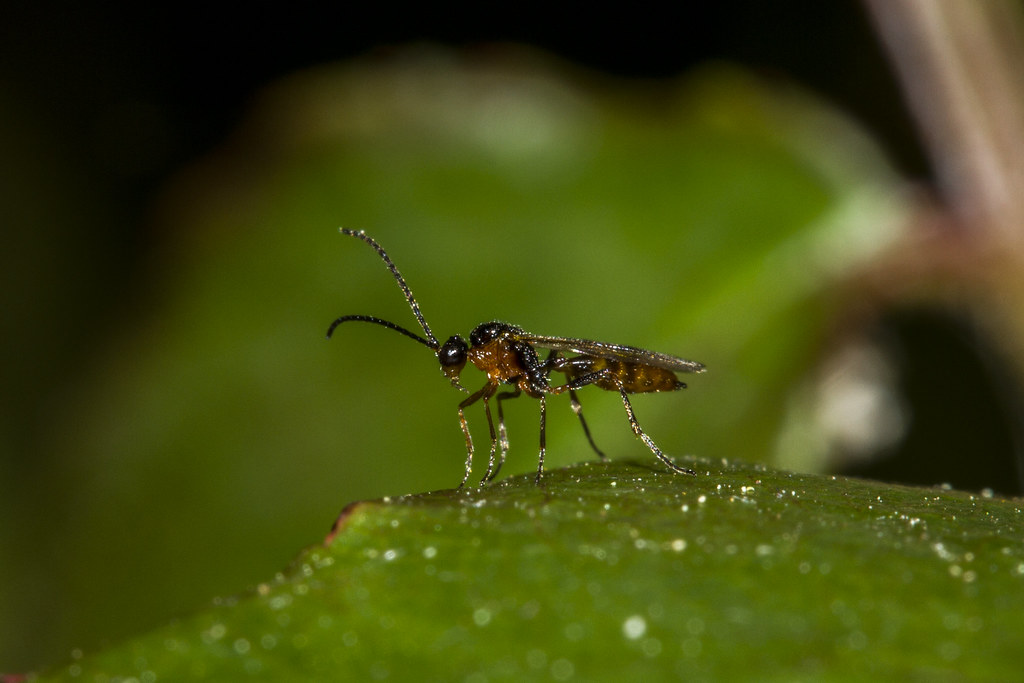
The wasp is a parasite on several species of leaf aphids.
The adult wasp is thin, and its color is black, brown and yellow.
It lasts a few days.
Wasps are sensitive to high temperatures.
The wasp lays a single egg inside the body of the aphid.
The wasp larva, which hatches from the egg, feeds on the aphid’s body contents.
When the parasite larva reaches its fourth degree, it eats most of the internal tissues of the aphid, cuts an opening in the aphid’s body on the lower side and produces a sticky substance that attaches the aphid to the leaf.
It is then embodied within the body of the dead aphid.
The latter becomes a swollen, brown colored mummy.
Life cycle:
The duration of development of a parasitic wasp is about 14 days in optimal conditions of 20-30 degrees Celsius.
The adult lives a few days to a week, and during its lifetime it can lay up to about 300 eggs.
In which crops are they effective?
Strawberry
Medicinal cannabis
Anthurium
Tree and shrub nursery
Tomato and Cherry tomato
Sweet pepper and Hot pepper
Roses
Melon and Watermelon
Green and Runner bean
Gerbera
Eggplant (aubergine)
Cucumber and Gherkin
Chrysanthemum
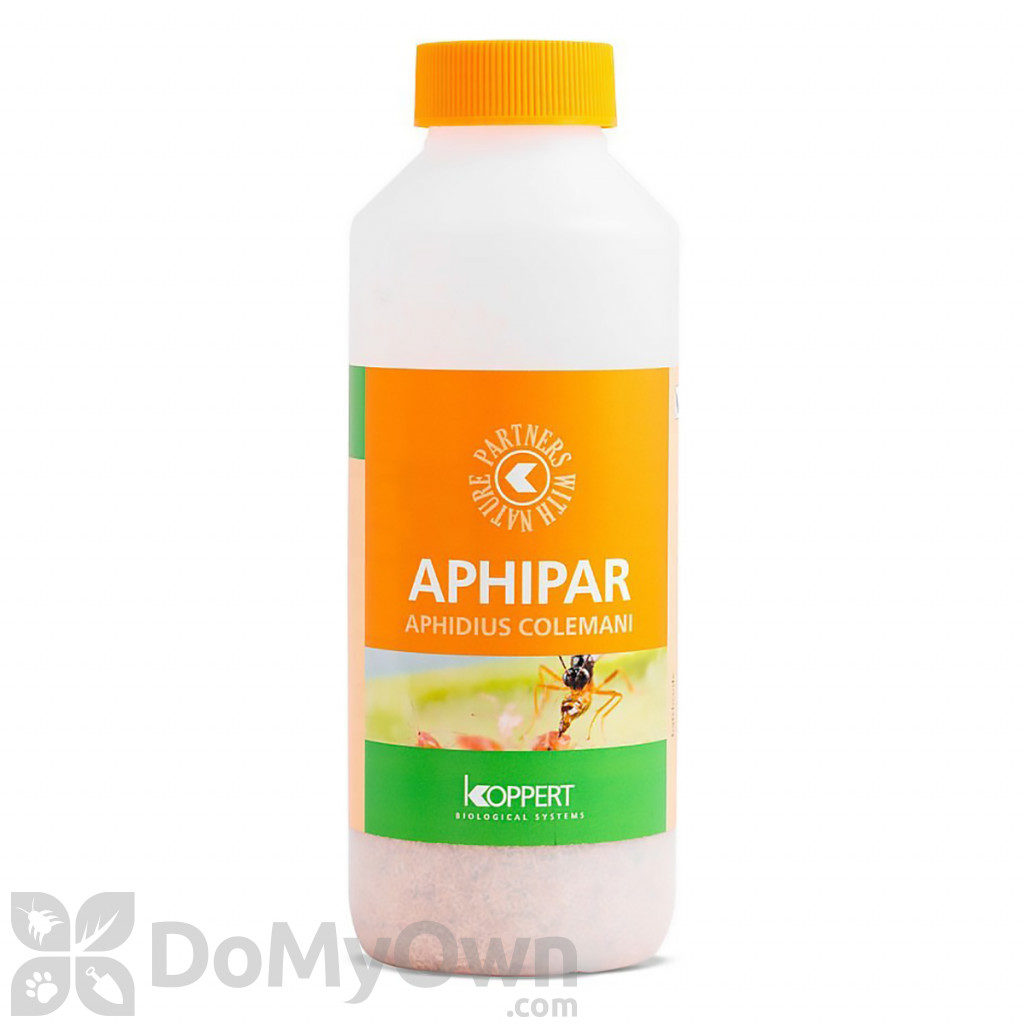
Diglyphus isaea
The parasitic wasp is an external parasite of leaf miners.
It litters eggs next to the pest’s body, not really inside.
The adult is small, and its color is black with a metallic green sheen, which stands out on the surface of its body.
Before laying the eggs, the female paralyzes the pest by inserting the laying tube, and then lays 1-2
Eggs close to the pest’s body.
From this moment the pest stops feeding and remains paralyzed for about 13-15 days.
The parasite larva hatches from the egg about two days after laying, and begins to feed on the pest from the outside.
The larva of the parasite is embodied within the plant’s tissue.
In addition to direct parasites on the young ranks, the female is nourished by the body fluids of the pest’s larva, through
Inserting the ovary into their body and sucking the contents out of the wound created, thus killing them.
Life cycle:
The Diglyphs parasitic wasp have 5 stages of development: egg, 3 stages larva, pupa and adult.
In optimal temperatures of 25-27 degrees Celsius the parasite completes its development from egg to adult in 10-15 days.
The female is capable of laying 200-300 eggs during its lifetime.
At an optimal temperature of 20-25 degrees Celsius adults are able to live up to about 30 days.
In which crops are they effective?
Medicinal cannabis
Tomato and Cherry tomato
Sweet pepper and Hot pepper
Melon and Watermelon
Green and Runner bean
Gerbera
Eggplant (aubergine)
Cucumber and Gherkin
Chrysanthemum
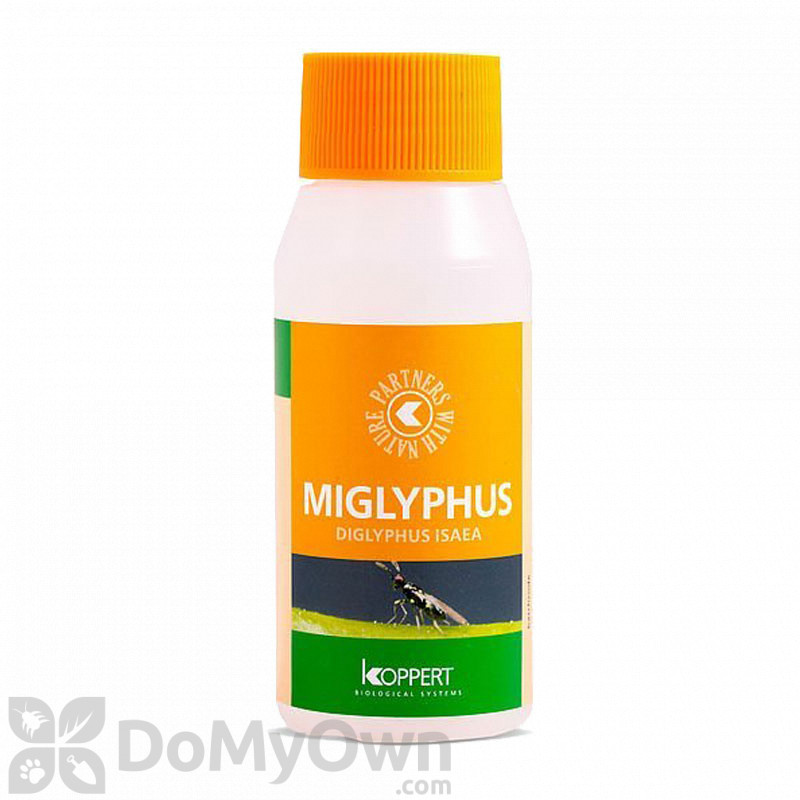
Orius insidiosus
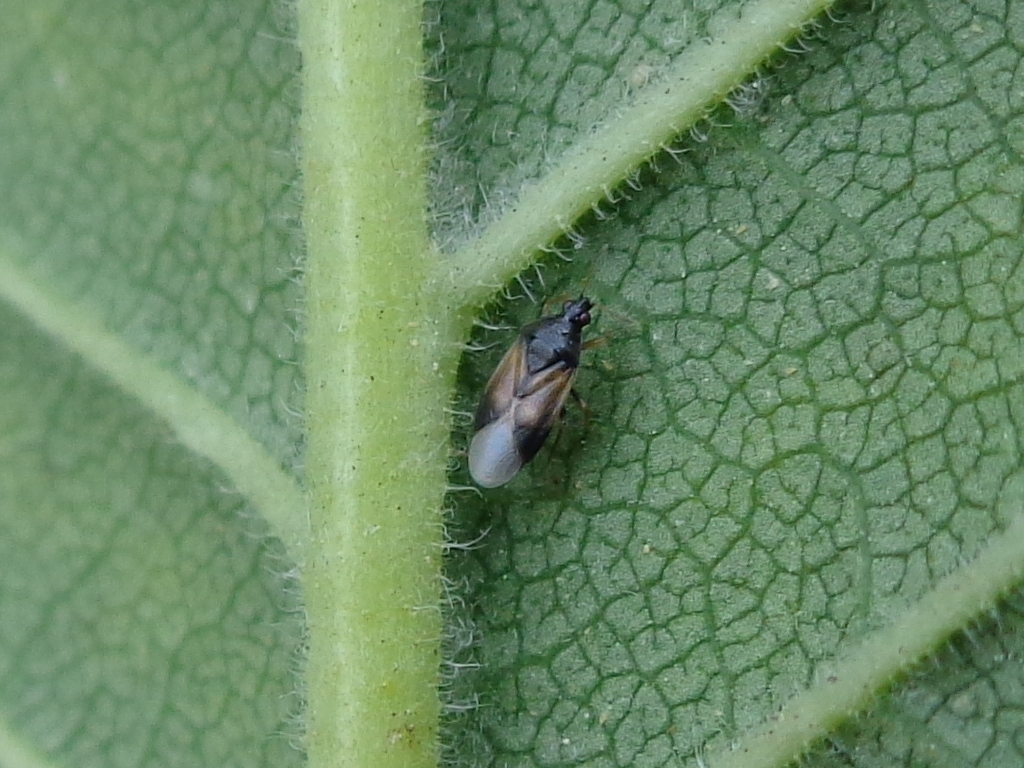
Orius is a flea.
It is considered a multi-surrogate, “all-eating” bug, which feeds on animals and plants, cell saplings and flower pollen, without harming the plant.
It has a preference for animal food, such as thrips, white fly and red mite.
At all ranks the Orius is able to capture and kill his prey while sucking on his body fluids.
Life cycle: it has 7 stages of development: egg, 5 young stages and maturity.
The rate of development of the Orius flea is highly dependent on temperature, quantity and quality of food.
At an optimal temperature of 25 C, the flea completes its development from an egg up to adulthood within 16-18 days.
The adults are able to live for 3-4 weeks.
Under optimal conditions the female is able to lay during its life about 120-150 eggs.
In which crops are they effective?
Strawberry
Medicinal cannabis
Tree and shrub nursery
Sweet pepper and Hot pepper
Poinsettia
Melon and Watermelon
Green and Runner bean
Grapes
Eggplant (aubergine)
Chrysanthemum
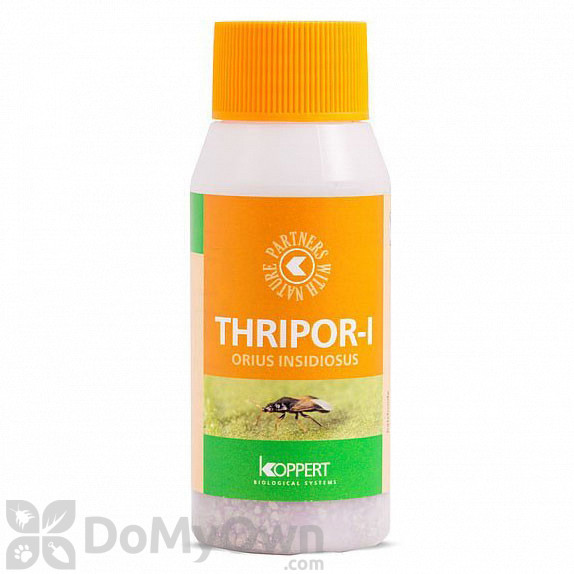
Amblyseius californicus
These are effective predatory mites that eliminate a variety of spider mites and other pests that permanently damage crops and leaves.
It kills spider mites during early stages but can still help eliminate adult spider mites.
It tolerates high temperatures (temperature range of 13-35°C / 54-95°F), and low humidity and also tolerates cold conditions.
Their ability to sustain themselves on pollen allows them to survive longer in low pest populations and also without food at all for weeks.
life cycle lasts between one to two weeks.
Total development time at 21°C / 69.8°F is nearly 10 days.
In which crops are they effective?
Strawberry
Medicinal cannabis
Anthurium
Tree and shrub nursery
Sweet pepper and Hot pepper
Roses
Melon and Watermelon
Green and Runner bean
Grapes
Eggplant (aubergine)
Chrysanthemum
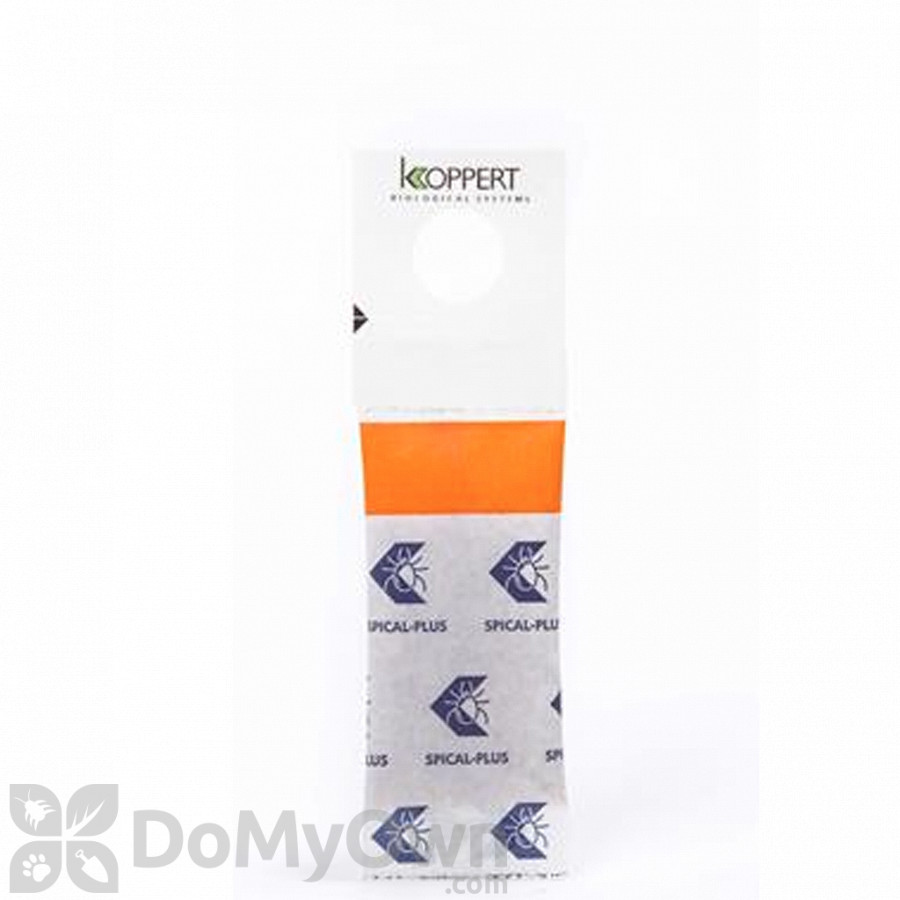
Neoseiulus cucumeris
Predatory mites for control of thrips, but will also feed on spider mites.
Also feeds on pollen.
They are best used for prevention and low-level management of thrips infestations.
They can be used all year long and help in preventing the spread of unwanted pests.
Optimal conditions: 68°-77°F, 65-70% RH.
In which crops are they effective?
Medicinal cannabis
Sweet pepper and Hot pepper
Roses
Melon and Watermelon
Green and Runner bean
Gerbera
Eggplant (aubergine)
Cucumber and Gherkin
Chrysanthemum
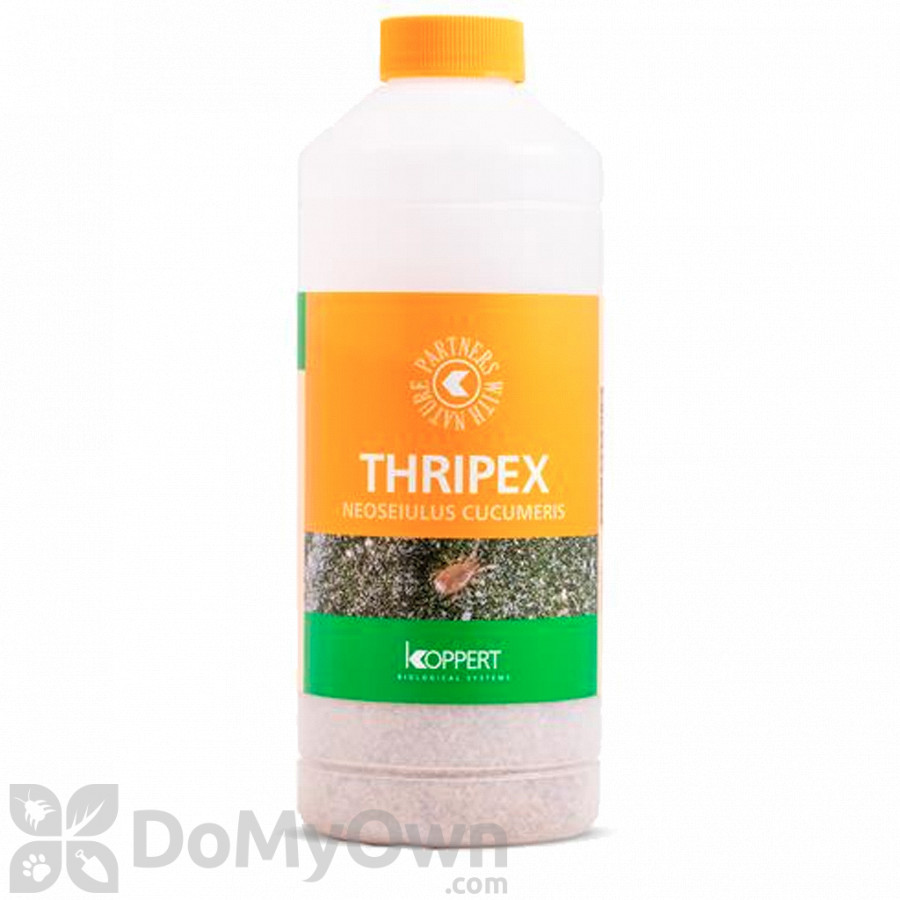
You might also like these articles:
- Vegetables’ physiological problems
- Vegetable garden sprayer
- Tuta absoluta Moth: Prevention and Control Methods for Tomato and Eggplant Farmers
- Tomato plant diseases pictures
- Tomato pith necrosis
- The Ultimate Guide to Eradicating Spider Mites
- Systemic Pesticides
- Sweet Success: A Guide to Growing Juicy Strawberries in Your Garden
- Safety in spraying
- Protect Your Plants from Whitefly Infestation and Virus with These Tips!
- Pre spraying stages
- Nematode Ecology & Management in Agriculture












